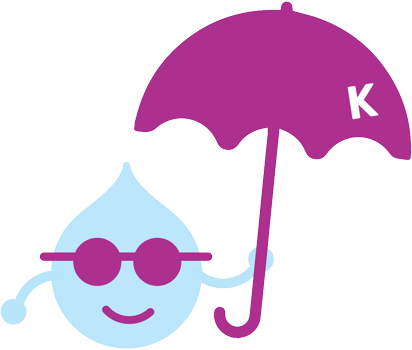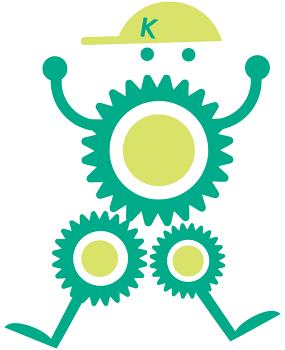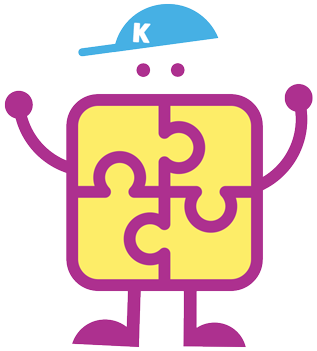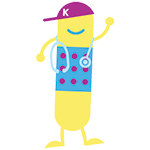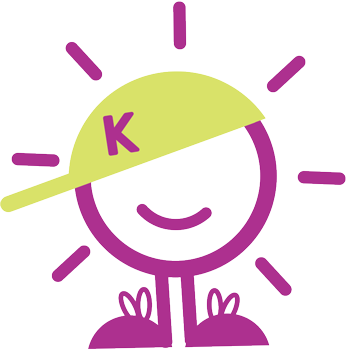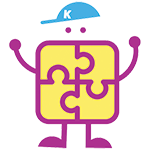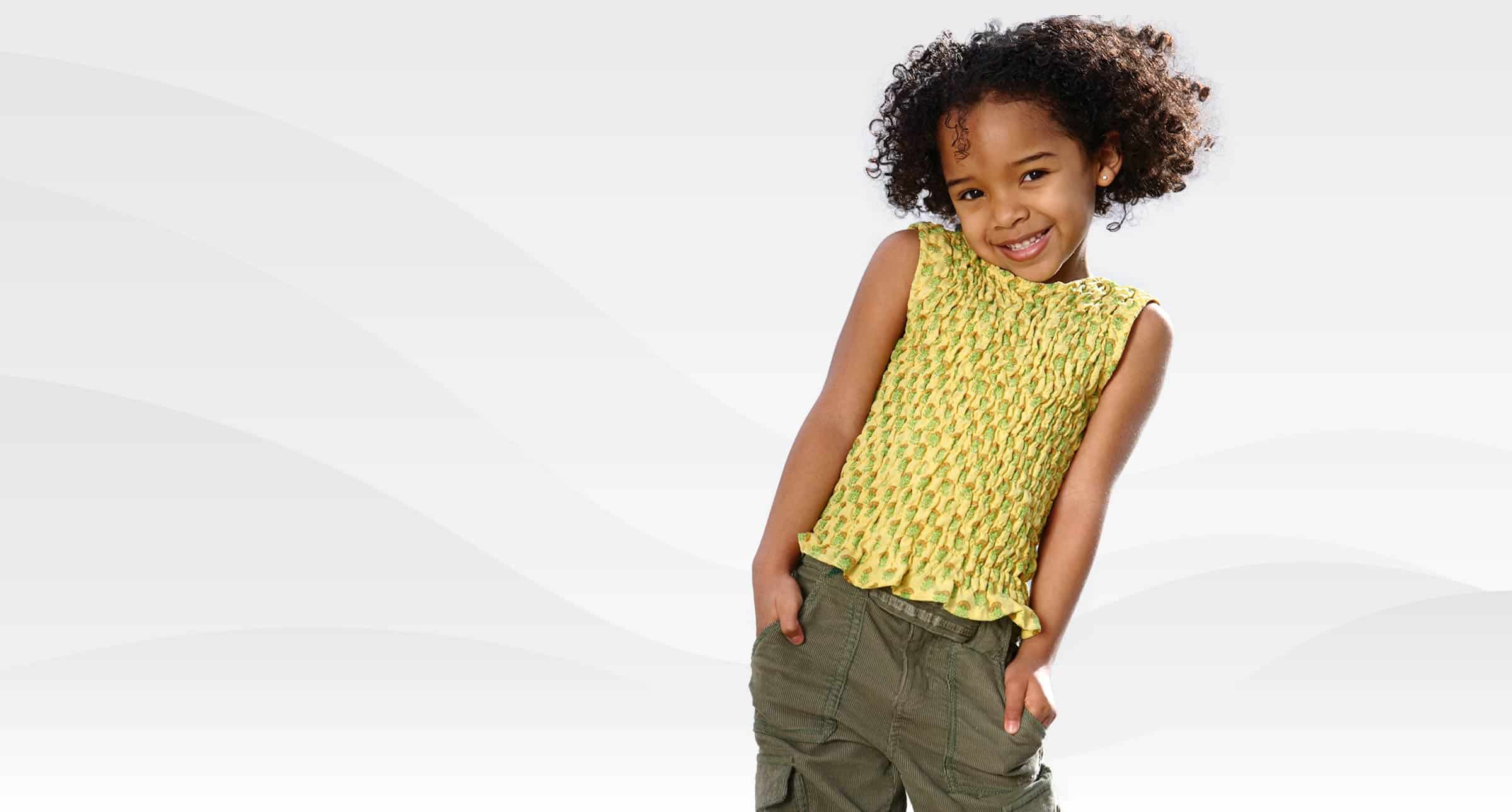Does my baby have a flat head (plagiocephaly)?
What can I do to prevent flat head syndrome.? Should I use a flat head pillow for babies?
Baby head shapes come in a lot of different “flavors.”
A few hours to days after birth, it is prevalent for babies to have strange head shapes. This is due to the changes that babies go through during the birthing process. While in the hospital, your baby’s caregivers will monitor his or her head shape and size. In your subsequent visits, your baby’s head size will repeatedly be checked.
We worry if the baby’s head is not growing, which could restrict brain growth, or if the skull is growing too quickly from too much pressure or fluid under the skull. While these are extremely rare, your doctor needs to monitor your baby’s development and head growth regularly.
One head shape problem is the premature closure of the skull. At birth, a baby’s skull is made up of different bones that fuse over time. This is a process that takes months to years, depending on the area of the head. If one area closes too soon, the skull will start to grow in an irregular shape. This is an infrequent cause of head shape issues.
The most common cause of head shape problems
The most common cause of head shape problems in newborns today is due to pressure on specific areas of the back of the head. This is called flat head syndrome, or plagiocephaly. With the “back to sleep campaign” that has helped reduce the amount of Sudden Infant Death Syndrome (SIDS) drastically, many babies are developing flat spots on their heads.
While the shape can be distressing, it can often be corrected and rarely signifies a concern in the brain itself.
There are a few different treatment options for plagiocephaly, depending on the severity of the shape.
Check for any neck tightness (also called torticollis) which may be causing your child to look in one direction. If your baby is constantly looking to one side, they may be applying pressure in only one area of their head. If you are concerned, please bring it up with your doctor. They may recommend physiotherapy and neck stretches.
Your doctor may recommend rotating your baby’s position to keep them off the flat area. Physiotherapy can also help with different maneuvers to assist with this.
A flat head pillow for babies is designed to aid with head shapes. While they can be helpful, you should not use them overnight or while your child is sleeping. As per pediatric guidelines, the crib or bassinet should be completely bare without any pillows, blankets, or stuffed animals.
In severe cases, your doctor may recommend an evaluation for a flat head helmet. Helmet therapy is very time-consuming and can be very expensive, so it is the last option.
#yougotthis


